Chatbot Use Cases For Your business
How can different AI chatbot use cases make your business more productive with the same or fewer resources available? As a forward-thinking business leader, we know you are charged with creating positive results within your organisation’s mission, vision, and values.
How could integrating chatbots free up your team to focus on more strategic tasks, and what would the long-term benefits be with that result?
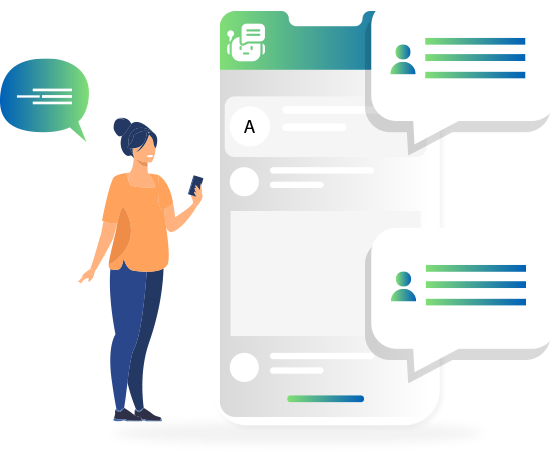
Chatbot Use Cases For Your business

How can different AI chatbot use cases make your business more productive with the same or fewer resources available? As a forward-thinking business leader, we know you are charged with creating positive results within your organisation’s mission, vision, and values.
How could integrating chatbots free up your team to focus on more strategic tasks, and what would the long-term benefits be with that result?

Chatbot Use Case #1:
ATB Financial
This leading financial institution in Canada is an early implementer of artificial intelligence technologies within its workflows. One of the company's greatest successes was introducing Pepper in 2017, a chatbot designed to help customers with specific banking needs.
ATB Financial’s clients receive personalised support across several channels. That includes a mobile app and website.
When people speak with Pepper, they can ask about their current balance. There are options to request product information or ask questions about investment plans, mortgages, or loans.
Investing in this technology helps ATB Financial provide instant responses, improving its overall customer satisfaction rating while reducing wait times.
Pepper is proactive when working with people. The chatbot offers individual reminders and delivers personalised financial advice based on the user’s activity and stated preferences.
You can even interact with Pepper in person at select ATB Financial branches as the chatbot is programmed within a robot. With this tool, facial identification and other security measures help to keep your information safe.

Chatbot Use Case #2:
UK National Health Service (NHS)
In the United Kingdom, streamlining healthcare deliveries can save money while increasing the quality of care that people receive. After reviewing chatbot use cases, NHS decided to invest in AI technology as a patient tool.
If someone was feeling ill, they could have a conversation with this chatbot to talk about their symptoms. With that information, they would receive recommendations on the actions they could take to take to start feeling better.
Produced by Babylon Health, the chatbot used an algorithmic approach to analyse the patient inputs, providing an initial assessment while guiding the individual toward the best care possible. It included a triage function that looked at symptom urgency to determine if emergency care was necessary.
NHS integrated the chatbot into its digital services, allowing access to websites and apps. It facilitates booking appointments.
The system was designed to learn from its interactions and inspect data from medical info to keep improving its diagnostics capabilities. NHS staff had more availability during peak times to address patient needs because the chatbot could handle general questions.
Although the investment in this technology was not considered a complete success, the problems weren't with it. There were issues with how it was implemented.
The principles behind the idea are sound.
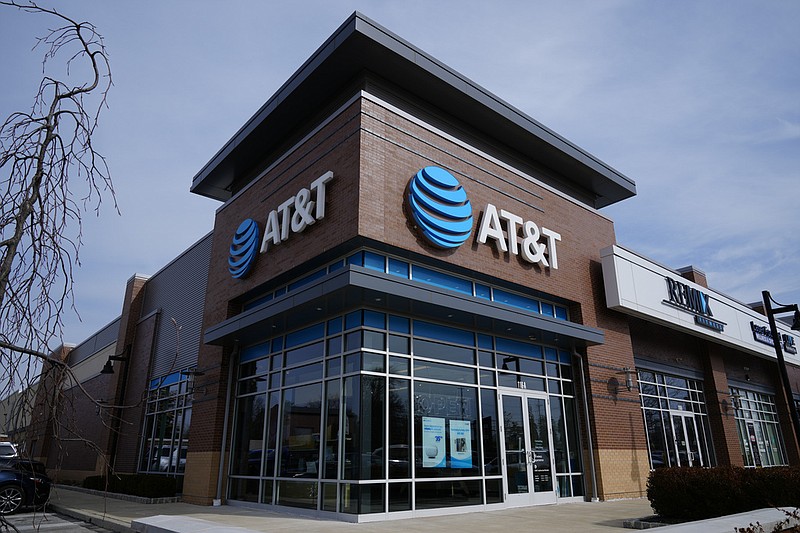
Chatbot Use Case #3:
AT&T
AT&T receives plenty of telecom-based customer service calls daily. Investing in AI to resolve all those concerns makes it easier for the organisation to manage the routine queries that keep coming in.
In 2016, Atticus was one of the first chatbots introduced in the industry. It was more of an entertainment resource than a practical customer service tool.
With AT&T moving toward generative tech, the possibilities of helpful AI are expanding into several different fields.
As a chatbot, Ask AT&T makes it possible to track data use. Customers can ask it billing questions, request account services, or make changes. It tracks data and makes it accessible.
What makes this organisation’s approach to chatbot use unique is the desire to implement it for its employees.
By offering dual platforms, the business can benefit from extra streamlining efforts to save money. AT&T is exploring several advantages in its chatbot use case, ranging from issues like document language translation to simplified programming and coding.
The chatbot is on a dedicated in-house tenant, ensuring that questions are managed with worrying about having the information leak to unauthorised individuals.

Chatbot Use Case #4:
The Mayo Clinic
First-Aid can be found on Amazon’s Alexa platform. The chatbot was developed to provide people with valuable information about how to treat injuries. Several topics are included, including how to implement CPR.
It is classified as a “skill” that people can add to their enabled devices for a personalised experience.
Once enabled, questions can be asked about how to treat minor health considers. Content provided by The Mayo Clinic is then offered as a verbal response. During the pandemic, information was added to this chatbot skill about COVID-19 to help people find guidance for their specific situations.
Since it is a hands-free solution, First-Aid delivers the same general information as other chatbots in a way that works for Amazon devices. It provides data when and where people need it and in the ways they want to access it.
GenAI chatbots for FAQ needs and information-seeking behaviour allow your company to have similar results. You can let people do their own research, which builds trust for your brand, while they do all the work to find why you’re valuable.

Chatbot Use Case #5
Bank of America
Managing finances can feel like a full-time job for many people. When you’re juggling the family schedule, trying to make dinner, and handle your daily responsibilities, there doesn’t always feel like enough time in the day exists.
Bank of America recognises this issue and introduces Erica® as a solution.
In this chatbot use case, the abilities offered to clients fit within a general goal with lots of customisation considered.
Erica lets people explore the strategies that work for their specific situations. It is always available, allowing for alerts and reports to track critical data. It accesses every account to reduce research time and tracks multiple figures.
As with other financial chatbots, it delivers personalised recommendations based on the information requested.
Since 2018, Bank of America has completed over two billion interactions with its chatbot. That figure represents helping over 42 million people. Erica handles over two million questions daily.
Adding to the individualised nature of the interactions, the Bank of America chatbot sometimes includes different jokes.
What did the goose say to the contractor? Put the charges on my bill.
More than 50,000 updates have happened since launching, yet 98% of the financial institution’s clients receive the answers they need in 44 seconds or less.
If something goes beyond Erica’s capabilities, the chatbot sends the customer to a live representative. That’s what you want a GenAI agentic platform to offer – a chance to stay connected with the customer so that they don’t leave for a competitor!

Chatbot Use Case #6
H&M
H&M uses a Kik bot for its needs, and the use case from this organisation looks at how this technology impacts fashion and retail. Natural language processing is used to help understand user requests as personal styling tips are offered from the inputs provided.
It is more difficult to use this chatbot compared with other brands. It is only available on a messenger app, although 15 million monthly users interact with it.
Several features are available to create an individualised experience, like a personality quiz and a simplified checkout. That makes it easier to increase customer engagement for the fashion brand while delivering a higher conversion rate.
The average user interacting with Kik spends about four minutes exploring their options. Click-through rates are often at 8% or higher, which is better than what the brand receives from its email marketing investments.
Because the chatbot for H&M is on Kik, it can interact with other branded bots for additional customer convenience. You can mix or match styles from Sephora, Kipling, and Victoria's Secret, receiving product recommendations and directions to each site for purchasing the eventual outfit.

Chatbot Use Case #7
Pizza Hut
In the United States, online food orders for delivery contribute to a significant portion of an establishment’s revenue in some sub-industries, such as sandwiches or pizza. Recognising this trend early, Pizza Hut introduced a chatbot to help facilitate ordering through Facebook Messenger.
In this chatbot use case, the goal is to provide more information about the product and its timely delivery than to deliver advice.
The chatbot allows customers to change their order, track it to their address, and receive real-time updates. Over 100,000 people use it monthly to bring food to their homes, work, or other locations.
Information from Pizza Hut shows that the chatbot is contributing 60% of the brand’s overall order volume from mobile devices.
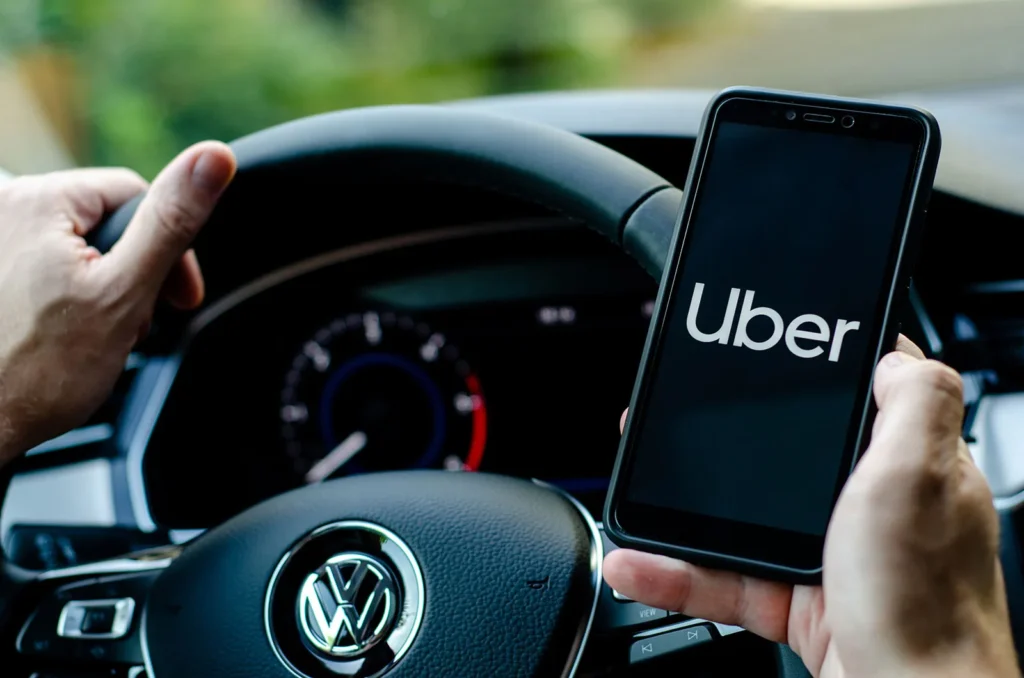
Chatbot Use Case #8
Uber
This chatbot use case shows the power of what a WhatsApp chatbot can provide.
Uber launched their chatbot on WhatsApp to make it easier to book rides. That decision removed the need to have the company’s app on a smartphone or tablet to manage your commute or run errands.
The chatbot can suggest rides and find deals for clients based on their conversations and transaction histories. In the use case data, the simplified processes have led to better sales rates and more one-click ride requests.
Additionally, Uber has been able to cut costs because the chatbot reduces the need for human representatives to interact with customers when problems occur. The automation has cut its response times by one-third and saved over 4,000 hours of handling basic queries.
With GenAI WhatsApp chatbots, Uber proves you can unlock an entirely new world of opportunities for your business.
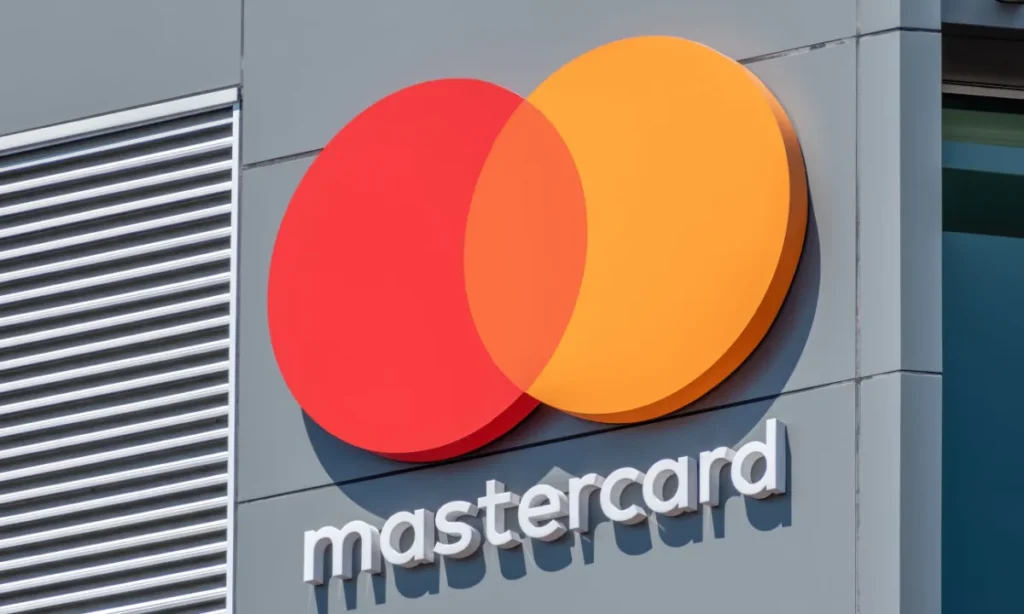
Chatbot Use Case #9
Mastercard
Mastercard launched KAI in 2019 to help people with their financial planning. It looks at your spending patterns and compares the information to the monetary goals you want to reach to make recommendations.
With KAI, it is also possible to receive real-time assistance for various services, including card activation.
When looking at this chatbot use case, the engagement rate is consistently at or near 70%. In return, the brand reputation score for the organisation has risen significantly.
Why is brand reputation an important consideration when looking at generative AI chatbots? We live in a world where every online conversation or review could benefit a brand or make things worse. Over 90% of consumers rely on this information before buying something, and it is considered as reliable as something they’d hear from their families.
When people trust your business, they are more likely to spend their hard-earned money with you. With excellent reviews, you can earn up to 30% more. Who else wants their business to be more profitable?
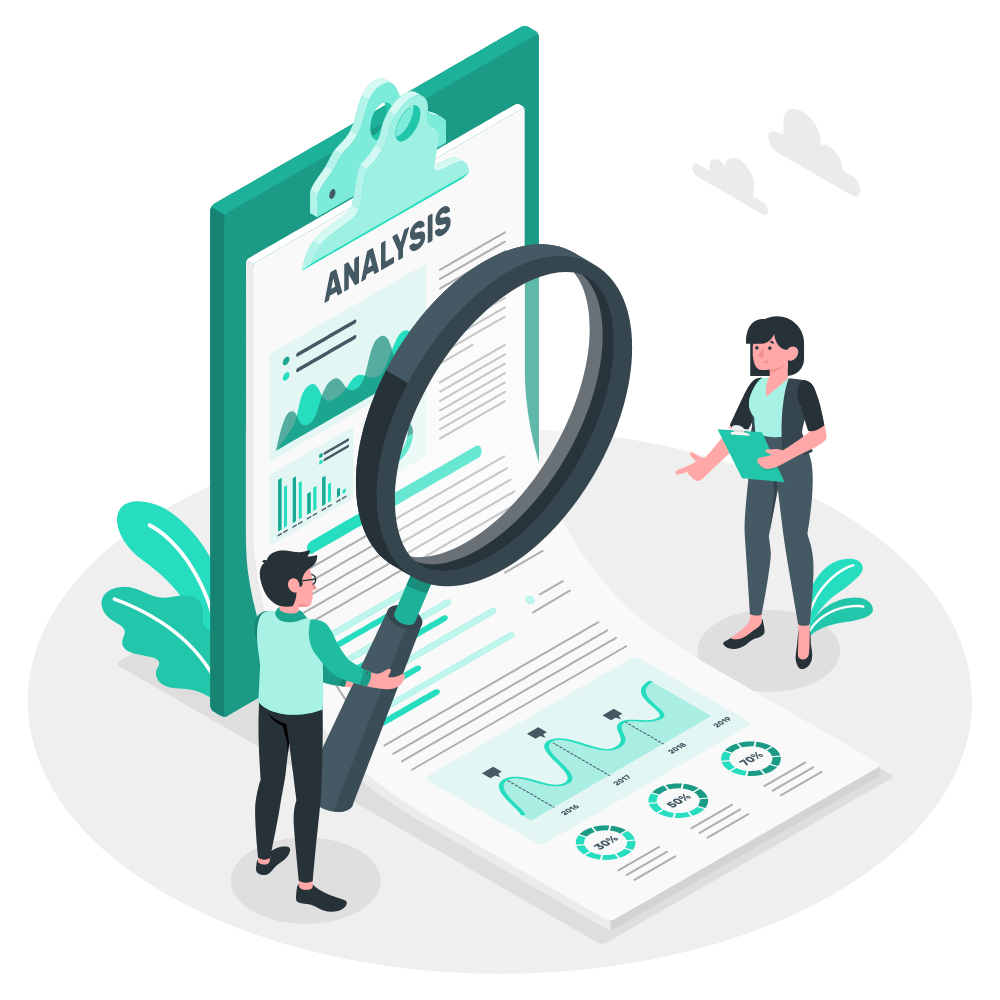
Why Are Chatbot Use Cases Important to consider
We started interacting with rudimentary chatbots as a way to play games or access basic information with early computers. As capabilities grew, the ability to add rules-based prompts delivered a cost-effective method of diverting common questions from customer service departments.
As agentic AI technology matures, so will the quality of the interactions that people receive from AI-powered chatbots. The statistics suggest that now is the time to invest, even if you want to avoid random jokes about geese with your clients. Here’s why.
40% of people born in 1981 or after say that they are using chatbots daily. 64% of Internet users say that having access to a business at any time of day is the best attribute this technology offers. Two-thirds of Millennials say they’re more likely to shop at websites offering a chatbot for assistance.
If your time is getting taken up by answering the same questions or completing repetitive tasks, now is the time to how an enterprise GenAI agentic chatbot platform can help you tackle the challenges in scaling your business. It’s a worthwhile investment to future-proof your business's productivity without sacrificing the service standards you strive to exceed.
Ready to transform?
If you’re ready to see what our Enterprise AI Chatbot can do for your business, let’s talk. Whether it’s increasing efficiency, cutting costs, or driving revenue, we’re here to help you crush your goals. At AI Agent Chatbot, we’re your partners in growth, innovation, and human potential. Reach out today, and let’s build a future where technology and people thrive together


